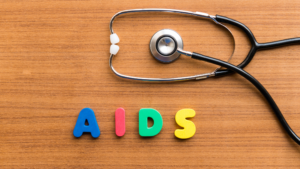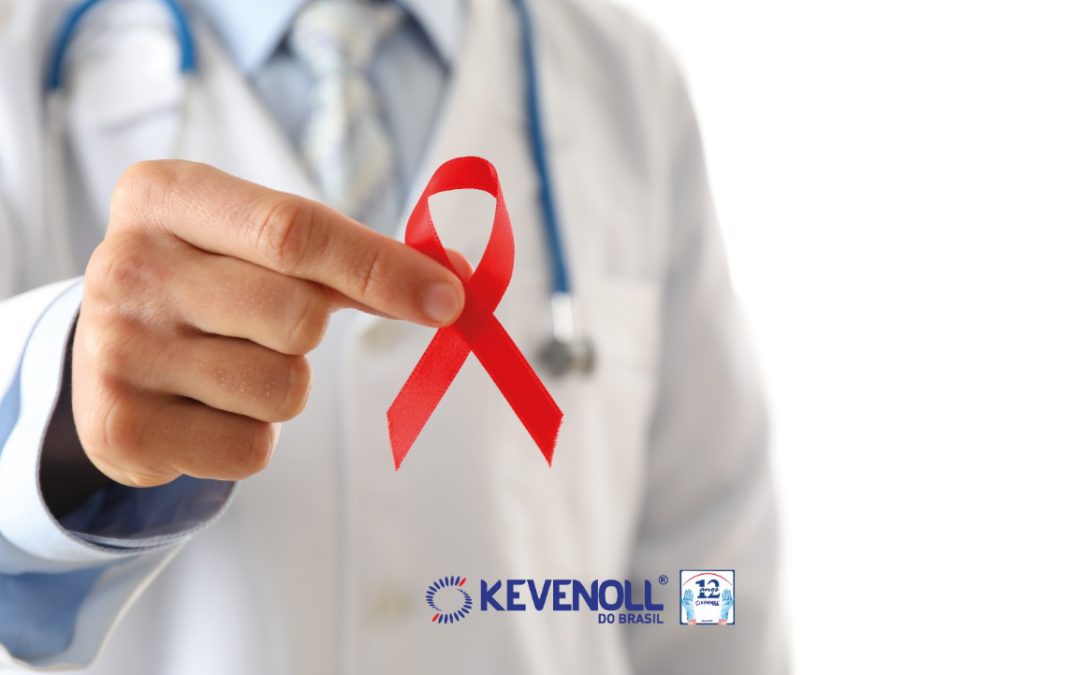December 1 was established in 1987 as “World AIDS Day”, with the support of the United Nations (UN). The date aims to raise awareness, celebrate the memory of those who died from the disease and commemorate victories such as access to available treatment and prevention services.
In the recent report presented by UNAIDS, entitled “Get on the Fast-Track: The Life-Cycle Approach to HIV”, there is greater vulnerability for women aged between 15 and 24 years. As for men, there is a predominance of HIV infection later, between 25 and 49 years old, with 50% of infections occurring in the age group between 30 and 49 years old. Compared to women, men, on average, find out that they have the HIV virus much later, impacting the initiation of treatment and, consequently, continuing the cycle of new infections.

But what is AIDS?
Acquired Immunodeficiency Syndrome (AIDS) is caused by the Human Immunodeficiency Virus (HIV). HIV is a virus that installs itself in the human body in such a way that it cannot get rid of it, forcing the person to live with it forever. Transmitted through contact with infected blood, semen or vaginal fluids, HIV specifically affects the cells of the immune system, which without antiretroviral treatment (ART) renders the body, over time, unable to fight infections (AIDS). Many people who are infected with HIV do not have any symptoms for 10 years or more, so the only way to know if a person is infected with the virus is through testing and, if the person has been exposed to a risk situation, it is recommended to request it. The only way to prolong the lives of HIV-infected people is with antiretroviral treatment, because so far, there are no cure predictions.
What are the symptoms of aids?
AIDS has numerous symptoms, which appear in phases. The first symptoms are: fever, weakness, weight loss and prolonged diarrhea. In the initial phase of the disease, other symptoms begin to appear, such as: oral candidiasis, appearance of ganglia in the groin, armpits and neck, diarrhea and fever, loss of 10% of body weight and night sweats. In the most acute phase of the disease, common symptoms include: disorders of the lymph nodes, muscle and joint pain, sores in the area of the mouth, esophagus and genitals, pharyngitis, state of prostration, constant feeling of tiredness, nausea and vomiting, sensitivity to light and weight loss.
What are the ways of treating AIDS?
There is no cure for AIDS, but there are already drugs available capable of guaranteeing a better and longer life for the patient. Treatment remedies are usually a combination of three drugs and each patient decides with his doctor the best option. Among the forms of treatment are: nucleoside reverse transcriptase inhibitors, non-nucleoside reverse transcriptase inhibitors, protease inhibitors, fusion inhibitors and integrase inhibitors. The infectologist doctor will indicate the most appropriate according to each case and each patient.
In Brazil, since 1996, the SUS distributes HIV/AIDS medication free of charge to all people who need treatment.

